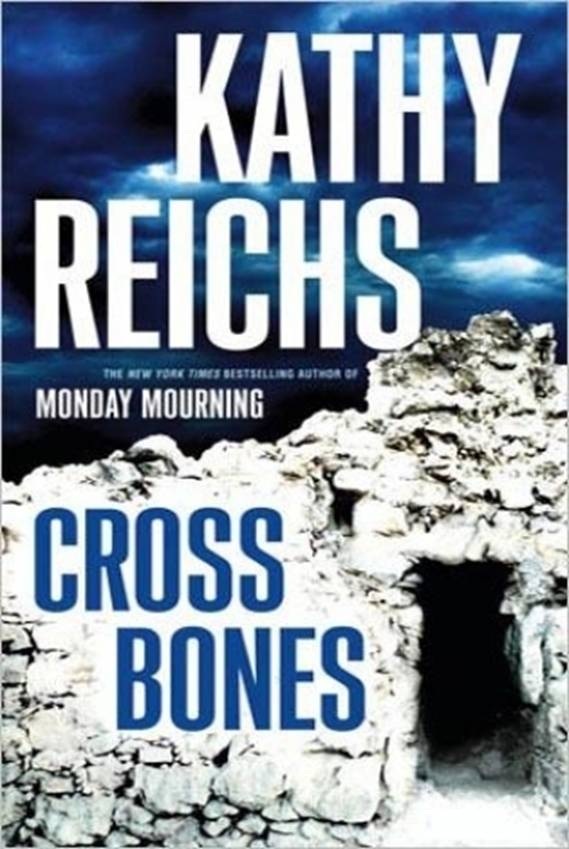
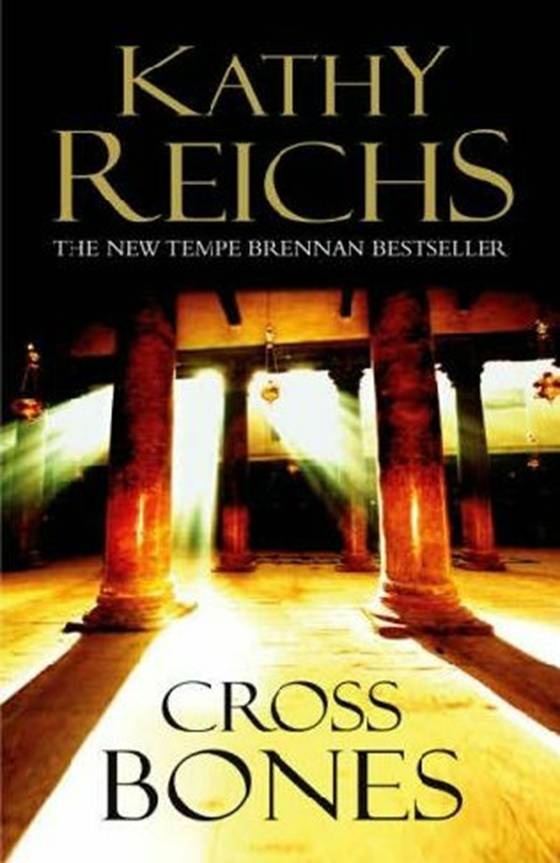 From the Forensic Files of Dr. Kathy Reichs About the Author Also by Kathy Reichs MONDAY MOURNING BARE BONES GRAVE SECRETS FATAL VOYAGE DEADLY DCISIONS DEATH DU JOUR DJ DEAD SCRIBNER 1230 Avenue of the Americas New York, NY 10020 This book is a work of fiction. Names, characters, places, and incidents either are products of the authors imagination or are used fictitiously. Any resemblance to actual events or locales or persons, living or dead, is entirely coincidental. Copyright 2005 by Temperance Brennan, L.P. Al rights reserved, including the right of reproduction in whole or in part in any form.
From the Forensic Files of Dr. Kathy Reichs About the Author Also by Kathy Reichs MONDAY MOURNING BARE BONES GRAVE SECRETS FATAL VOYAGE DEADLY DCISIONS DEATH DU JOUR DJ DEAD SCRIBNER 1230 Avenue of the Americas New York, NY 10020 This book is a work of fiction. Names, characters, places, and incidents either are products of the authors imagination or are used fictitiously. Any resemblance to actual events or locales or persons, living or dead, is entirely coincidental. Copyright 2005 by Temperance Brennan, L.P. Al rights reserved, including the right of reproduction in whole or in part in any form.
SCRIBNERand design are trademarks of Macmil an Library Reference USA, Inc., used under license by Simon & Schuster, the publisher of this work. DESIGNED BY ERICH HOBBING Library of Congress Cataloging-in-Publication Data Reichs, Kathy. Cross bones/Kathy Reichs. p. cm. 1.
Brennan, Temperance (Fictitious character)Fiction. 2. Women forensic anthropologistsFiction. 3. BibleAntiquitiesFiction. 4.
Montral (Qubec)Fiction. 5. North CarolinaFiction. 6. IsraelFiction. Title. Title.
PS3568.E476345C76 2005 813.54dc22 2005040822 ISBN 0-7432-9244-8 Visit us on the World Wide Web: http://www.SimonSays.com
Acknowledgments
As usual, I am deeply indebted to many of my col eagues, family, and friends for their time, expertise, and advice. Dr. James Tabor, Chair, Department of Religious Studies, University of North Carolina at Charlotte, lit the initial spark forCross Bones, shared his personal notes and research findings, checked a thousand fine points, and gal antly squired me around Israel. Dr. Charles Greenblatt and Kim Vernon, Science and Antiquity Group, The Hebrew University of Jerusalem, and Dr. Dr. Dr.
Mark Leney, DNA Coordinator, CILHI, Joint POW-MIA Accounting Command, and Dr. David Sweet, Director, Bureau of Forensic Dentistry, University of British Columbia, answered questions about modern DNA. Azriel Gorsky, Head (Emeritus), Fibers and Polymers Laboratory, Division of Identification and Forensic Science, Israel National Police, gave advice on hair and fiber analysis, and on the workings of Israeli law enforcement. Dr. Elazor Zadok, Brigadier General, Director, Division of Identification and Forensic Science, Israel National Police, al owed a tour of their Forensic Science facility. Dr.
Tzipi Kahana, Chief Inspector, Forensic Anthropologist, Division of Identification and Forensic Science, Israel National Police, familiarized me with the Israeli medical examiner system. Dr. Shimon Gibson, Jerusalem Archaeological Field Unit, took me to sites throughout Israel, and answered many questions about his homeland. Debbie Sklar, Israel Antiquities Authority, provided a private tour of the Rockefel er Museum. Officer Christopher Dozier, Charlotte-Mecklenburg Police Department, and Sergent-dtective Stephen Rudman, Superviseur, Analyse et Liaison, Communaut Urbaine de Montral Police (retired), supplied information on obtaining phone records. Roz Lippel helped keep the Hebrew honest.
Marie-Eve Provost did the same for the French. Special thanks go to Paul Reichs for his insightful comments on the manuscript. Credit must be given to two books mentioned in the text:Masada: Herods Fortress and the Zealots Last Stand by Yigael Yadin, George Weidenfeld & Nicolson Limited, 1966;The Jesus Scrol by Donovan Joyce, Dial Press, 1973. Last, but far from least, heartfelt thanks to my editor, Nan Graham. Her advice madeCross Bones a far better book. Thanks also to my editor across the pond, Susan Sandon.
And, of course, to Jennifer Rudolph Walsh, Co-Head of the Worldwide Literary Department, Executive Vice President, and one of the first two women appointed to the Board of Directors of the Wil iam Morris Agency. Way to go, girl! Thanks for hanging in as my agent. For Susanne Kirk, editor, Scribner, 19752004 and For Dr. James Woodward, chancel or, University of North Carolina at Charlotte, 19892005 Thanks for the years of support and encouragement. Enjoy your retirements! Depart from evil, and do good. Seek peace, and pursue it.
Jewish Holy Scripture, Psalm 34:14 The fruit of righteousness is sown in peace for them that make peace. New Testament, James 3:18 And make not Al ah because of your swearing (by him) an obstacle to your doing good and guarding (against evil) and making peace between men, and Al ah is Hearing, Knowing. Koran 2:224 The Facts From 1963 to 1965, Masada, site of a first-century Jewish revolt against the Romans, was excavated by Israeli archaeologist Yigael Yadin and a team of international volunteers. Yadins workers recovered the fragmentary and commingled remains of approximately twenty-five skeletons from a cave complex, designated Loci 2001/2002, located below the casement wal at the southern tip of the summit. Unlike other human remains found within the main complex of ruins at the northern end of Masada, these bones were not immediately reported to the press. In the 1990s, a photo surfaced of a single intact skeleton that was also recovered from Loci 2001/2002 during the 1963 to 1965 excavation.
That skeleton was never mentioned or described by the projects physical anthropologist, Nicu Haas. It was not discussed by Yadin in his published reports or interviews. * Formal field notes were not kept during the Masada excavation, but oral briefings took place regularly between Yadin and his staff. Transcripts of these sessions are archived at the Mount Scopus Campus of Hebrew University. Pages covering the period of the discovery and clearing of Loci 2001/2002 are missing. * Though Nicu Haas was in possession of the bones for more than five years, he published nothing on the commingled individuals or on the complete skeleton recovered at Loci 2001/2002. * Though Nicu Haas was in possession of the bones for more than five years, he published nothing on the commingled individuals or on the complete skeleton recovered at Loci 2001/2002.
Haass handwritten notes, including a ful bone inventory, indicate he never received the complete skeleton. * In the late 1960s, Yigael Yadin stated in press interviews that carbon-14 dating was seldom done, and that it was not his job to initiate such tests. The journalRadiocarbon indicates that Yadin sent samples for carbon-14 dating from other Israeli excavations during that period. Despite uncertainty concerning the age of the Loci 2001/2002 remains, Yadin never sent samples for radiocarbon dating. In 1968, the skeletal remains of a crucified man were found during road construction north of the Old City of Jerusalem. The deceased, Yehochanan, died at approximately twenty-five years of age, during the first century.
A nail and wood fragments were embedded in one of Yehochanans heel bones. In 1973, Australian journalist Donovan Joyce publishedThe Jesus Scrol (Dial Press). Joyce claimed to have visited Israel, met a volunteer from Yadins excavation team, and seen a stolen first-century scrol from Masada containing the last wil and testament of Jesus, son of James. According to Joyce, the scrol was smuggled out of Israel, presumably to the USSR. In 1980, roadworkers uncovered a tomb in Talpiot, just south of the Old City of Jerusalem. The tomb contained ossuaries inscribed with the names Mara (Mary), Yehuda, son of Yeshua (Jude, son of Jesus), Matya (Matthew), Yeshua, son of Yehosef (Jesus, son of Joseph), Yose (Joseph), and Marya (Mary).
The coexistence of the names in one tomb is rare. Skeletal materials have been submitted for DNA testing. In 2000, American archaeologist James Tabor and his team discovered a freshly robbed tomb in the Hinnom Val ey, outside Jerusalem. The tomb contained twenty ossuaries, al but one shattered. The lower chamber held a burial shroud wrapping a fragmentary human skeleton and hair. Carbon-14 testing showed the shroud was first-century in age.
Next page

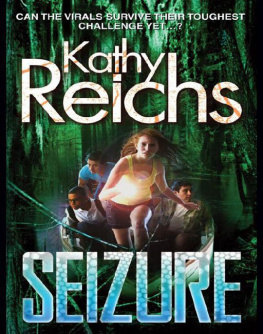

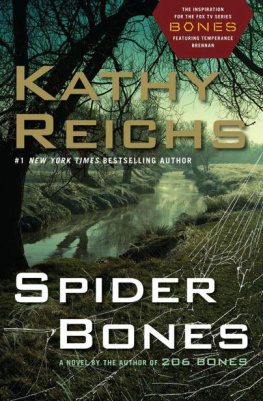
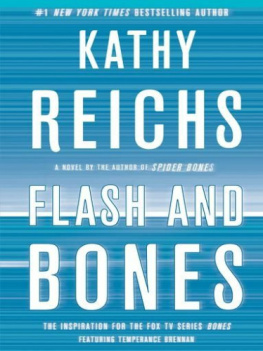
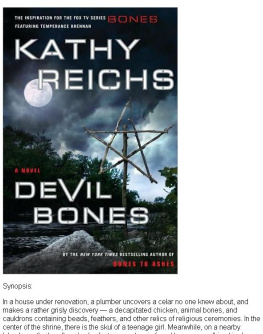

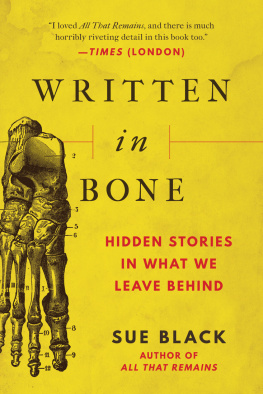
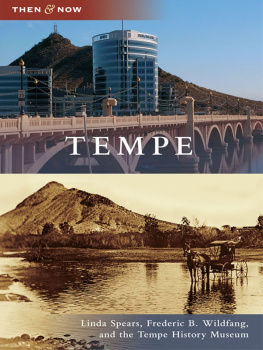
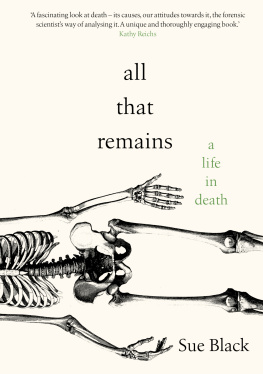


 From the Forensic Files of Dr. Kathy Reichs About the Author Also by Kathy Reichs MONDAY MOURNING BARE BONES GRAVE SECRETS FATAL VOYAGE DEADLY DCISIONS DEATH DU JOUR DJ DEAD SCRIBNER 1230 Avenue of the Americas New York, NY 10020 This book is a work of fiction. Names, characters, places, and incidents either are products of the authors imagination or are used fictitiously. Any resemblance to actual events or locales or persons, living or dead, is entirely coincidental. Copyright 2005 by Temperance Brennan, L.P. Al rights reserved, including the right of reproduction in whole or in part in any form.
From the Forensic Files of Dr. Kathy Reichs About the Author Also by Kathy Reichs MONDAY MOURNING BARE BONES GRAVE SECRETS FATAL VOYAGE DEADLY DCISIONS DEATH DU JOUR DJ DEAD SCRIBNER 1230 Avenue of the Americas New York, NY 10020 This book is a work of fiction. Names, characters, places, and incidents either are products of the authors imagination or are used fictitiously. Any resemblance to actual events or locales or persons, living or dead, is entirely coincidental. Copyright 2005 by Temperance Brennan, L.P. Al rights reserved, including the right of reproduction in whole or in part in any form.